Ditapis dengan
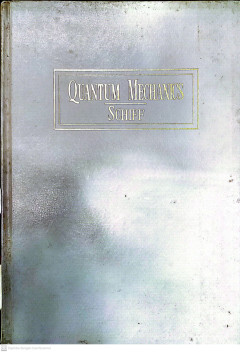
Quantum Mechanics
This volume has a threefold purpose: to explain the physical concepts of quantum mechanics, to describe the mathematical formalism, and to present illustrative examples of both the ideas and the methods.
- Edisi
- -
- ISBN/ISSN
- -
- Deskripsi Fisik
- 417p.: illus.; 21cm.
- Judul Seri
- Second Edition
- No. Panggil
- 530.12 SCH q
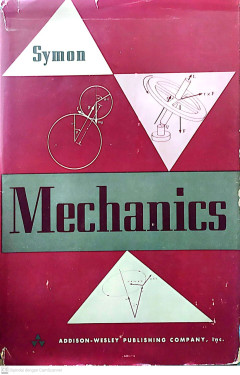
Mechanics
This text is intended as the basic for an intermediate course in mechanics at the undergraduate level. Such a course, as essential preparation for advanced work in physics, has several major objetives.
- Edisi
- -
- ISBN/ISSN
- -
- Deskripsi Fisik
- 358 p.: illus.; 23 cm.
- Judul Seri
- -
- No. Panggil
- 530.12 SYM m
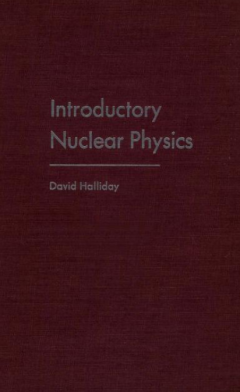
Introductory Nuclear Physics (Ed.2)
- Edisi
- 2
- ISBN/ISSN
- -
- Deskripsi Fisik
- 491p.:illus:24cm
- Judul Seri
- -
- No. Panggil
- 539.7 HAL I
- Edisi
- 2
- ISBN/ISSN
- -
- Deskripsi Fisik
- 491p.:illus:24cm
- Judul Seri
- -
- No. Panggil
- 539.7 HAL I
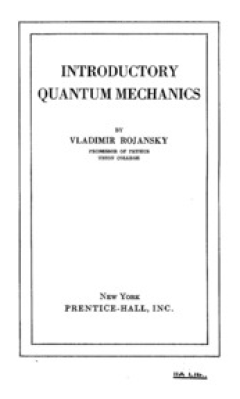
Introductory Quantum Mechanics (Ed.9)
- Edisi
- 9
- ISBN/ISSN
- 978-0135016435
- Deskripsi Fisik
- 544p.:illus:24cm
- Judul Seri
- -
- No. Panggil
- 539.7 ROJ I
- Edisi
- 9
- ISBN/ISSN
- 978-0135016435
- Deskripsi Fisik
- 544p.:illus:24cm
- Judul Seri
- -
- No. Panggil
- 539.7 ROJ I
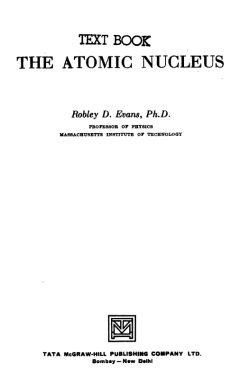
The Atomic Nucleus
This text is an experimentalist's approach to the understanding of nuclear phenomena. In the early chapters, attention is given to several fundamental concepts. The physical aspects receive emphasis in the main text, while the corresponding mathematical details are treated more fully in appendices. Problems are offered for solution at the end of many sections, and reference tables of many of th…
- Edisi
- -
- ISBN/ISSN
- 978-0070197503
- Deskripsi Fisik
- 992p,;illus;24cm
- Judul Seri
- -
- No. Panggil
- 539.7 DUN T
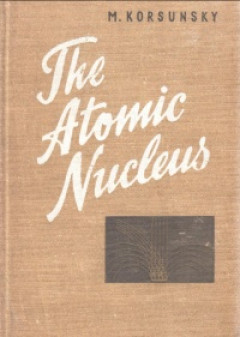
The Atomic Nucleus
The study of atomic structure is among the most important topics in modern physics, and in this age of nuclear fission and fusion the atomic nucleus has top priority as an object of intensive investigation and experimental research. This modern survey, originally published in 1958, presents all the available important facts about the nuclei of atoms in an unusually readable text. After a cle…
- Edisi
- -
- ISBN/ISSN
- -
- Deskripsi Fisik
- 430p,;illus:23cm
- Judul Seri
- -
- No. Panggil
- 539.7 KOR T
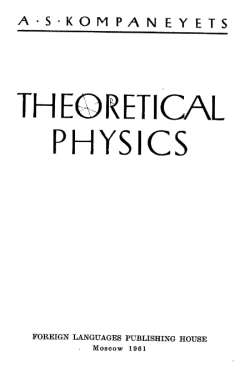
Theoretical Physics
This book discusses theoretical physics. The topics covered include mechanics, electrodynamics, quantum mechanics, and statistical physics
- Edisi
- -
- ISBN/ISSN
- -
- Deskripsi Fisik
- 594p.;illus;24cm
- Judul Seri
- -
- No. Panggil
- 539.7 KOM T
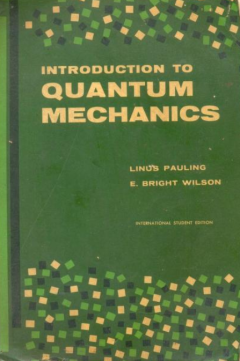
Introduction to Quantum Mechanics
This book about Introduction To Quantum Mechanics. the subject consists of xv chapter. Some content discusses about survey of classical mechanics, the old quantum theory, the wave equation, the hydrogen atom, and many more.
- Edisi
- -
- ISBN/ISSN
- -
- Deskripsi Fisik
- 484p.:illus:23cm
- Judul Seri
- -
- No. Panggil
- 530.12 PAU I

Identifikasi Parametrik Dengan Metode Regresi Linier Pada Motor DC Akselerato…
Pengaturan tegangan anoda akselerator implantansi ion dilakukan dengan aktuator berupa sistem motor DC terkopel variak satu fase. Perancangan kendali atas sistem aktuator ini membutuhkan informasi karakteristik sistem direpresentasikan oleh model yang sesuai. Melalui penelitian ini diharapkan dapat ditemukan model yang sesuai dan akurat dari sistem motor DC akselerator implantasi ion. (Jml)
- Edisi
- -
- ISBN/ISSN
- -
- Deskripsi Fisik
- xix, 129 p. : Illus. ; 19 cm
- Judul Seri
- -
- No. Panggil
- 621.48 CHR i

Perancangan Model Basis Data Pengadaan Bahan di Restoran Lembah Curug Dengan …
Sistem pengadaan bahan merupakan salah satu bagian penting dari sistem manajemen restoran dalam menjamin kelangsungan usaha sebuah restoran. Pengadaan bahan yang baik akan menghasilkan kualitas makanan dan minuman yang baik juga. Dengan pesatnya perkembangan usaha diperlukan suatu sistem informasi yang mendukung manajemen perusahaan antara lain mendukung manajemen pengadaan bahan. Subsistem dar…
- Edisi
- -
- ISBN/ISSN
- -
- Deskripsi Fisik
- xix, 255 p. : Illus. ; 35 cm
- Judul Seri
- -
- No. Panggil
- 621.381 WIB p
 Karya Umum
Karya Umum  Filsafat
Filsafat  Agama
Agama  Ilmu-ilmu Sosial
Ilmu-ilmu Sosial  Bahasa
Bahasa  Ilmu-ilmu Murni
Ilmu-ilmu Murni  Ilmu-ilmu Terapan
Ilmu-ilmu Terapan  Kesenian, Hiburan, dan Olahraga
Kesenian, Hiburan, dan Olahraga  Kesusastraan
Kesusastraan  Geografi dan Sejarah
Geografi dan Sejarah